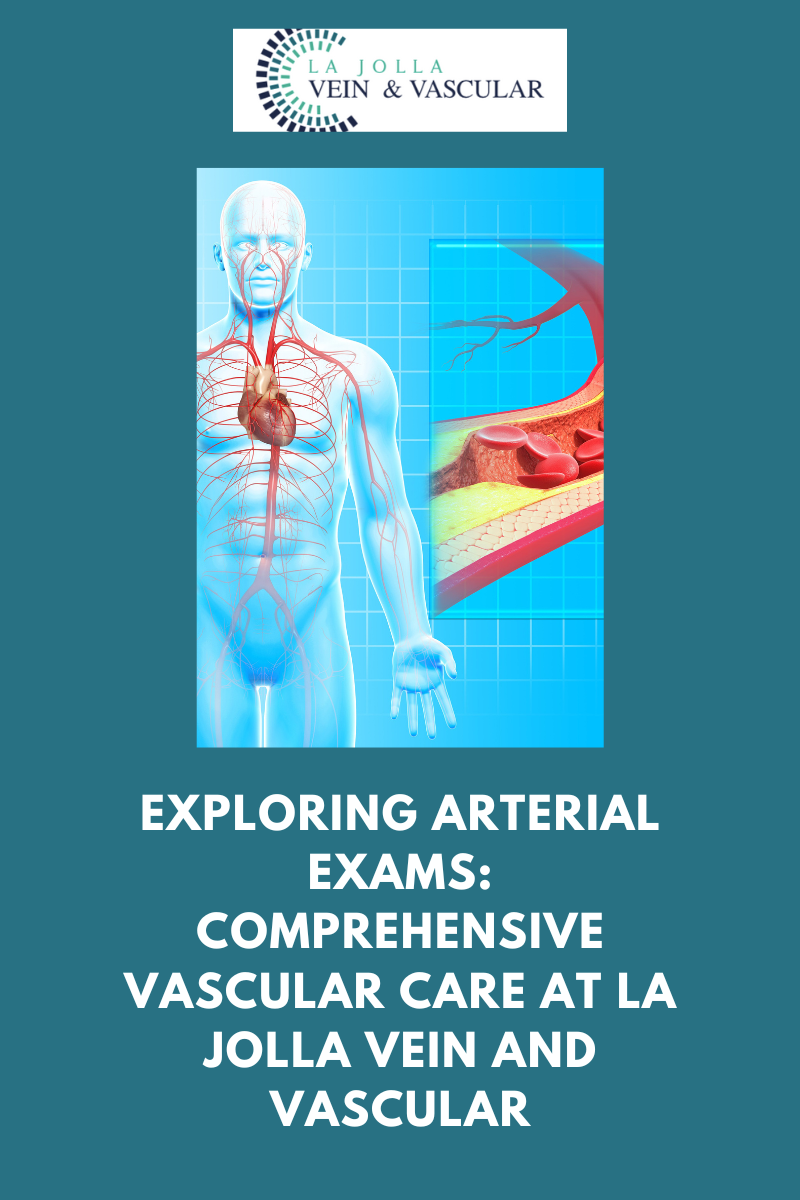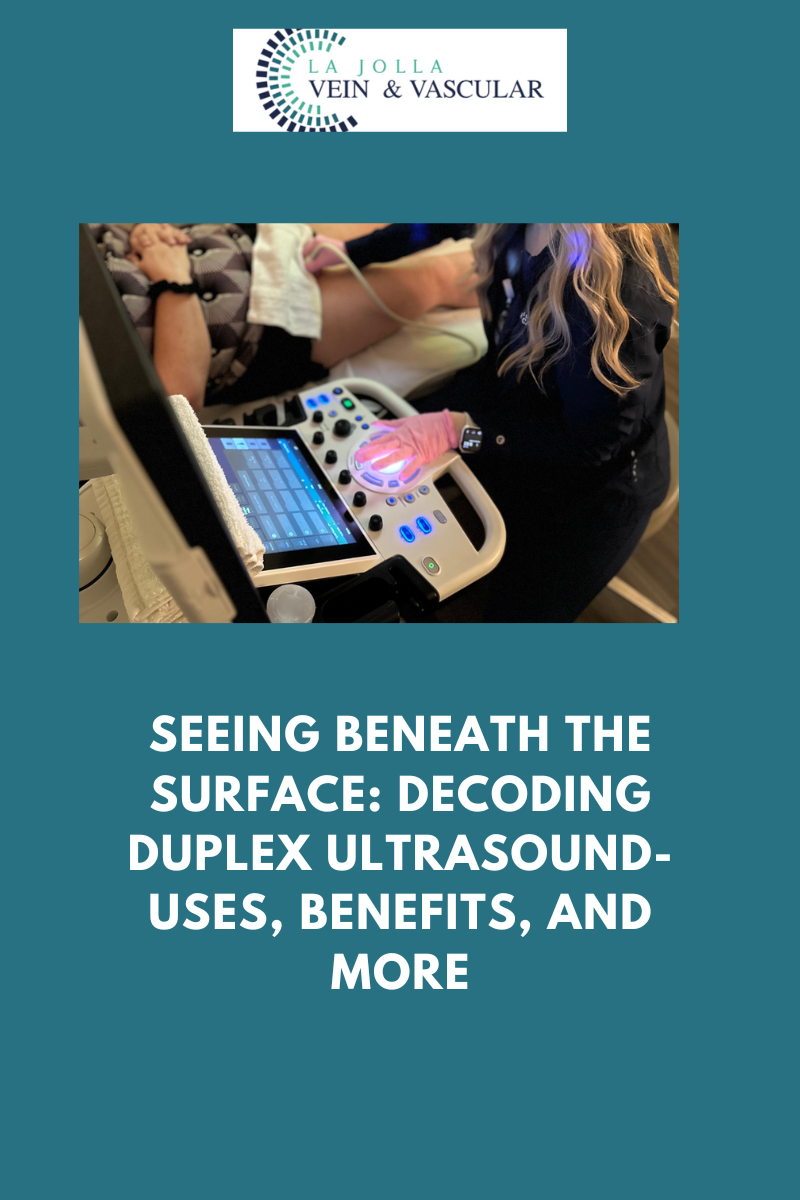Causes of non healing ulcers and wounds

Non-healing ulcers & wounds do not follow the usual healing process and are referred to as chronic wounds should they persist beyond 3 weeks. Such wounds can be a heavy burden to live with for anyone. Still, the board-certified vascular surgeons and specialists at La Jolla Vein & Vascular are dedicated to administering effective treatment and management solutions to all patients so they may resume a healthy, productive, and pain-free life.
Types of Non-Healing Ulcers
In general, patients will present with one of three categories of non healing ulcers & wounds, with these categories being broadly defined by the major causative factors allowing for their development. These are:
Arterial or Venous Ulcers
These are found to account for between 70% up to 90% of non-healing wounds or non-healing ulcers. Mostly occurring in elderly patients, they are believed to come about as a result of a failure of the valves in a person’s blood vessels of both arteries and veins. These valves are responsible for preventing the backflow of blood as it passes within them. The consequent outcome is a lack of nutrient and oxygen-rich blood from reaching the affected tissues and sets up the conditions favoring non-healing wounds.
Pressure Ulcers
These are ulcers that are brought about by the restriction of blood flow to certain regions of the body due to the persistent and prolonged application of pressure upon them. It is mostly encountered among patients with full or partial paralysis and those who are bedridden for extended periods.
Diabetic Ulcers
These are also highly prevalent chronic wounds, and are on the increase among patients owing to the ever-increasing cases of diabetes among the population. In fact, the prevalence of chronic wounds among diabetics makes this demographic 15% more likely to have to undergo limb amputation as a complication of the condition.
The causes of non healing ulcers & wounds:
The underlying factors contributing to the risk of developing a non-healing ulcer or wound are widely varied. What they have in common is their ability to interfere with the way the body normally functions with regard to wounds.
–Nerve Damage (Neuropathy)
–Circulatory System Issues
–Underlying Health Conditions
–Nerve Damage (Neuropathy)
Non healing ulcers & wounds are prevalent in people living with certain circulatory ailments such as atherosclerosis, diabetes, alcoholism, etc. In a healthy person, the nerves will send signals to the brain whenever pain or discomfort is experienced in any body tissues. Neuropathy makes this system non-functional; tissue can be damaged without warning signals being sent to the brain. This will prompt the person to change position or remove the object, causing injury. Over time, the affected area might see the development of an ulcer.
Circulatory System Issues
A person’s circulatory system is responsible for delivering blood rich in oxygen and nutrients to all the tissues in the body that need it. Without it, tissues will begin to die. Due to their extremity (distance from the heart) and the effect of gravity, a person’s feet will often be the first problem area for a person with an impaired circulatory system. Peripheral artery disease (PAD) is a particularly culpable condition in this instance as it may lead to numbness, skin discoloration, severe pain, ulcers, or even the patient’s demise if left unchecked.
Underlying Health Conditions
The formation of non-healing ulcers will indicate that an advanced stage of certain conditions has been reached in a patient. These conditions include high blood pressure, diabetes, kidney failure, high cholesterol, or peripheral artery disease (PAD). These conditions contribute to the formation of ulcers by causing ischemia, or the interruption of oxygenated blood to all parts of the body, or by damaging the nerves in the wound areas.
Contributing Lifestyle Habits
Some various habits and lifestyles will place patients at a heightened risk of developing non-healing ulcers. Smoking, for instance, has the effect of narrowing the vessels carrying blood to body tissues, thus increasing one’s chances of developing ulcers. A sedentary lifestyle involving little to no active movement will also carry the risk of encouraging ulcer development due to the constant pressure applied to certain tissues. Old age is also a factor here, as our skins will gradually lose their ability to repair themselves as quickly and efficiently as they once did.
La Jolla Vein & Vascular (formerly La Jolla Vein Care) is committed to bringing experts together for unparalleled vein and vascular care.
Nisha Bunke, MD, Sarah Lucas, MD, and Elliot DeYoung, MD are specialists who combine their experience and expertise to offer world-class vascular care.
Our accredited center is also a nationally known teaching site and center of excellence.
For more information on treatments and to book a consultation, please give our office a call at 858-550-0330.
For a deeper dive into vein and vascular care, please check out our Youtube Channel at this link.
For more information on varicose veins and eliminating underlying venous insufficiency, check this link out full of resources.





